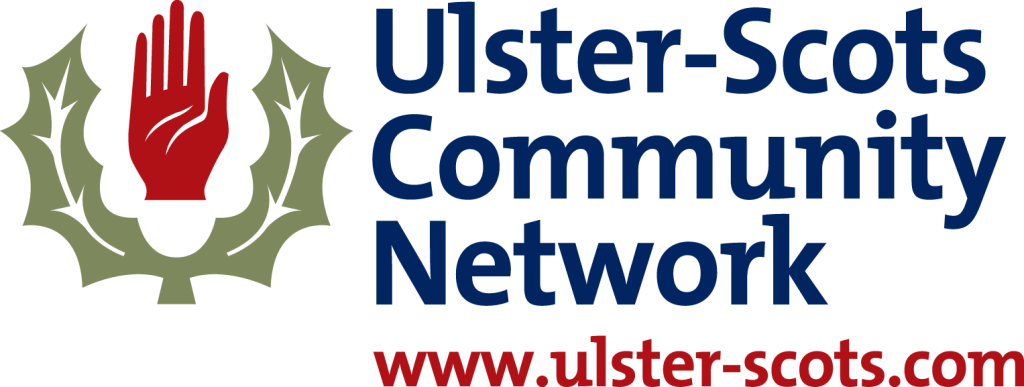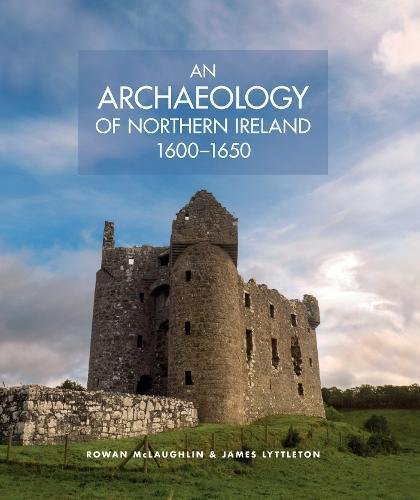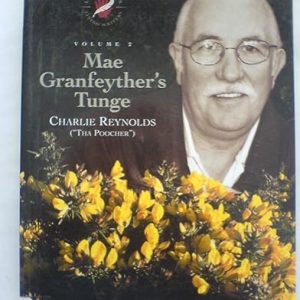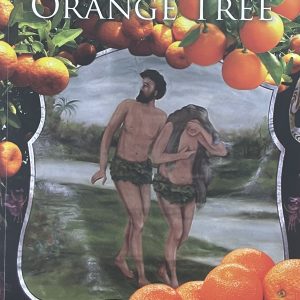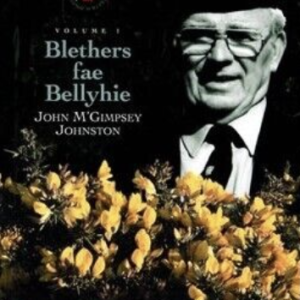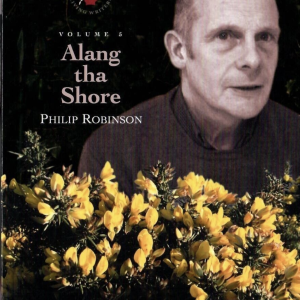An Archaeology of Northern Ireland
Echoes of the Plantation period run deep within the physical, political and cultural landscape of the Northern Ireland we inhabit today. The events of the plantation period in the early 17th Century, whether in terms of the settlement of Scots in Antrim and Down from 1606 onwards by James Hamilton, Hugh Montgomery and later Randall MacDonnell; or the official government plantation from 1609 which encompassed the six counties of Armagh, Fermanagh, Tyrone, Cavan, Donegal and Coleraine, changed the face of Ulster. The people who came from other parts of the British Isles, mostly from Scotland, gave Ulster an identity which is unique in these islands. The three strands of Ulster-Scots, Ulster-English and Ulster-Irish can be seen in terms of the language, heritage, traditions and even the names of people here. This publication is the culmination of a project, commissioned by the Department for Communities, to research the local archaeology of the Plantation period. It brings together the results of a comprehensive survey of approximately 600 sites from that period and presents detailed descriptions of six exemplar sites, including three set piece research excavations at Monea Castle, Co. Fermanagh, Derrywoone Castle, Co. Tyrone, and Servants Hill outside Bangor, Co. Down. Through those excavations, along with open days and outreach events, the project gave school children and local communities the opportunity to experience archaeology hands-on. This book continues that theme of enabling public access to heritage. It documents the period in an accessible style and is designed to be a resource both for the general reader and also for academics, researchers, policy makers and our education sector.
£20.00
